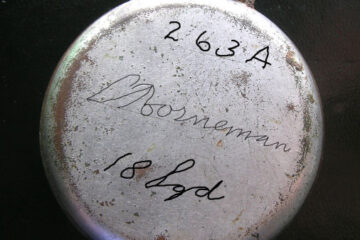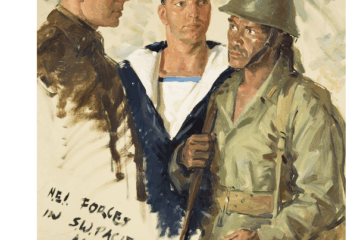The Role of Lend-Lease and Aircrew Training in the United States

During World War II, the United States earned the nickname “the Arsenal of Democracy” due to its sheer productive output. The hardware turned out in US factories included over 3 million trucks and jeeps, 86,000 tanks, 6,750 naval platforms, 300,000 aircraft of all types. It was also the Arsenal of Democracy in a second sense, as a large portion of that hardware was supplied to countries fighting fascism. When Franklin D. Roosevelt introduced the Lend-Lease Act, Allied countries of the anti-fascist coalition were supplied with aid, hardware, and food. Beyond material aid, the United States hosted and trained over 15,000 foreign pilots between 1941 and 1945.
This book presents the history of one such training program, where 532 Dutch pilots, crew and other personnel were trained on United States soil over 21 months. A unique case, the Netherlands remained financially solvent while other Allied powers struggled with funds. With the Japanese army intent on invading the Netherlands East Indies, it was critical that the Dutch army strengthen their air power. When resistance fell on the NEI island of Java and Australia became the new front line, Dutch authorities were forced to relocate their training program to Jackson, Mississippi, where they would christen the Royal Netherlands Military Flying School. Here they would train on bases in over a dozen states, representing a high point for the Dutch air force during a grueling time. After their training, the RNMFS participated in the liberation of NEI from Japanese occupation. This history presents in full context the training of Dutch air personnel on U.S. soil under the Lend-Lease Act, their easy rapport with their American hosts, and their future efforts which would go on to establish the Netherlands as an integral part of the Allied cause.
The Author
“Nicholas Michael Sambaluk is the 2024 Lt Gen Brent Scowcroft Chair in Strategy at the Air War College, and the author or editor of five previous books on military history and strategic affairs. He is the recipient of the Air Force Historical Foundation’s book of the year prize, and the Air Force Association’s defense writing title. He lives in Millbrook, Alabama.


